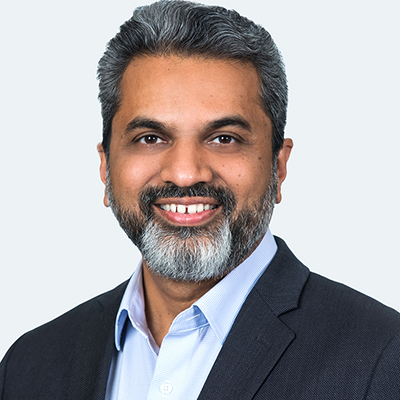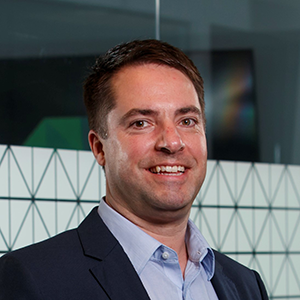Q1. You took over as CEO at Qualys relatively recently. What are some of your immediate priorities? Where do you see the biggest growth opportunities for Qualys in the next few years?
I started my Qualys journey in 2003 as a software engineer. Qualys was in its infancy and promoting a SaaS-based platform for security, which, while it now seems visionary, was advanced for the time. This background has shaped me as a leader. I have learned a lot from my direct work with customers. Further, being responsible for the engineering and the security of Qualys influenced how I look at security problems and solutions. I know the pain that IT and security leaders face, and this inspires me as we work to deliver solutions that solve customers’ problems.
Today cybersecurity is too complex. It isn’t uncommon to see security teams managing 30 to 80 individual solutions to get the security and visibility they need. This scenario creates too many silos. One solution looks at inventory, another at prevention and others at detection, which leaves the customer to “glue” them all together into one entity.
My vision and priority for the company is to continue to build out the Qualys Cloud Platform to address the issue of agent sprawl. In addition, we strive to provide innovation that helps simplify and automate security – from a deployment and number-of-solutions point of view. And, to provide all the information needed within one platform to help better secure hybrid environments. Our goal is to help customers address security challenges all the way from shift left in DevOps to shift right in security monitoring and response.
Q2. How has the shift to a more remote workforce environment exacerbated the IT asset visibility challenge for organizations? What should organizations be doing to address the issue?
The pandemic pushed enterprises to rethink their IT architecture and security, which caused them to accelerate their move to the cloud on all fronts. Seemingly overnight, they went from no more than 5% of their employees working outside the corporate network to a 100% remote workforce. Companies had to act quickly to figure out how to protect all the employees working from laptops on home networks at various locations around the world. They needed to know where the devices were and how to protect them.
One of the byproducts of this shift was the urgent need to know what assets were connecting to the corporate network, to secure the environment. Knowing what you have in terms of endpoints is the starting point of any cybersecurity program. And, while many companies have configuration management databases (CMDBs), they require you to manually enter assets which means that nine times out of 10, you are relying on out-of-date information.
It quickly became clear that the security teams needed different inventory information than the IT teams. For example, security needs to know things like who installed the software, how long it has been on the system, is it end of life? All things that an IT team typically doesn’t care about. Discovering what you have is a difficult job, and you need a network of agent-based and agentless sensors to provide this data. You need to know that the assets have basic policies to ensure that they aren’t running things they should not.
Traditional vulnerability management solutions don’t necessarily help because the software may not have any vulnerabilities. This is why we created a way for customers to focus on asset inventory from a cybersecurity perspective. Our CyberSecurity Asset Management Solution helps customers identify all assets in real time, to develop a solid program and have confidence that all systems inside and outside the corporate network are identified. Then, they can build on this to mitigate the risk to these remote endpoints by leveraging the same cloud-based approach for vulnerability management, patch management and EDR.
Q3. What can security professionals at Black Hat USA 2021 expect from Qualys at the event? What is your main message to existing and potential customers?
In the current environment, many organizations have shied away from attending in-person events. We are excited to show support for Black Hat, our customers, and partners, through our physical presence at the show, our first in-person event in over a year. At Black Hat USA, Qualys will focus on the value we bring to customers through our innovative Qualys Cloud Platform.
Qualys will share how security teams can gain the upper hand against ransomware and other sophisticated attacks by unifying their security strategy. Through a single unified platform, Qualys helps you manage asset inventory for cybersecurity, prioritize vulnerabilities, and automate remediation with zero-touch patching per threat indicators, and taking an effective multi-vector approach to detect and respond to malicious attacks.
Qualys offers more than 20 applications running off our cloud platform helping companies of all sizes to reduce their overall TCO for security and bring valuable context and insights to risk management and compliance. Stop by Booth #1437 and see how you can eliminate silos and consolidate your IT, compliance, and security stacks into a single platform to get more security with Qualys.








